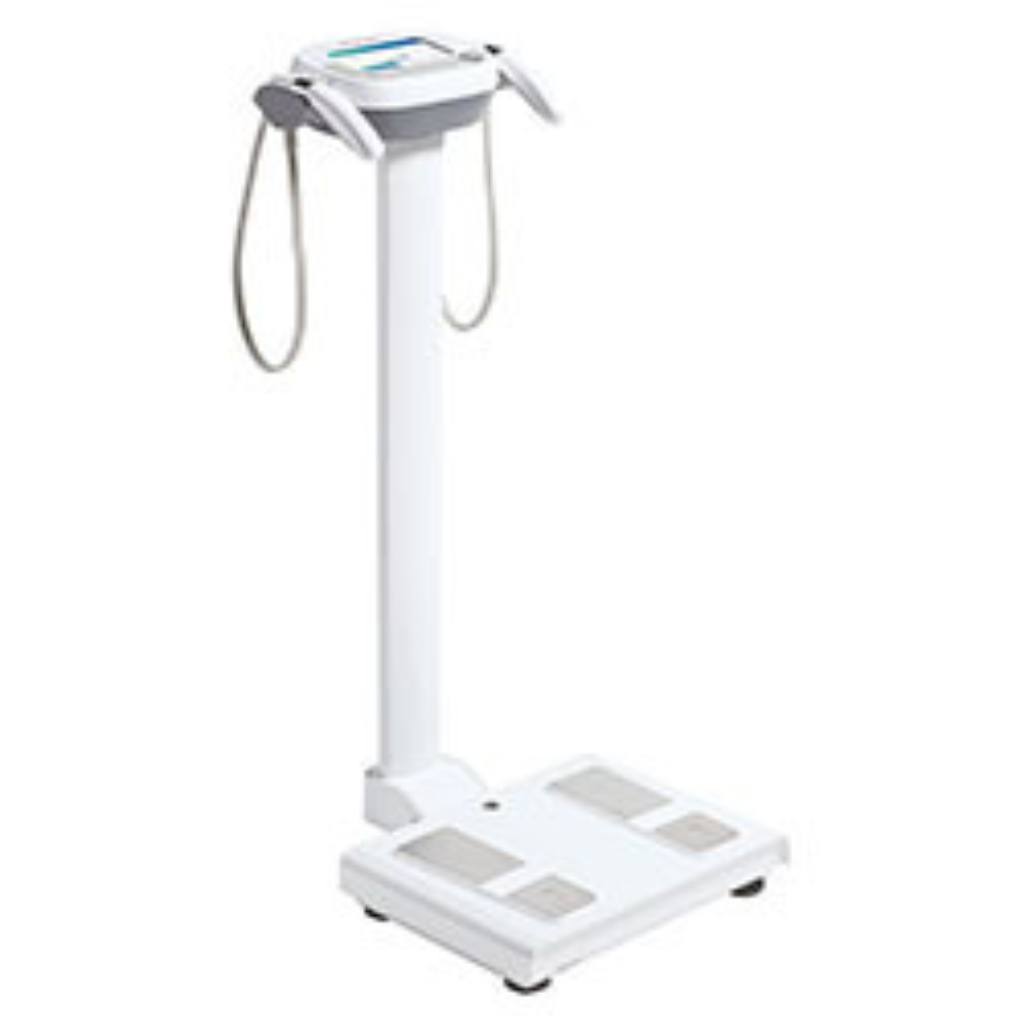What Do BIA Scales Tell You About Body Fat and Muscle?

Body fat and muscle are two of the key measurements using a BIA scale. This is because the aim of most - if not all - fitness programmes is to reduce one and increase the other.
Measuring body fat and muscle using a BIA scale also gives a clear indication of body health and how a fitness regime is progressing.
In our latest video with PLD Academy, professional coach and teacher Paul Lloyd Davies explains why it’s so important to regularly track both body fat and muscle using a BIA scale.
Watch our last video with PLD Academy, which talks about Health Score, here.
What Does the Charder MA601 Tell You About Muscle and Fat?
The MA601, our advanced body composition analyser, provides multiple, segmental body readings. They provide a clear indication of body, health, and, with many readings compared to the average for your age, sex and body weight and height, this allows users to understand where they need to focus their fitness efforts.

“The great thing about a segmental machine is it gives a measurement of fat, not only of the total human being, but limb by limb,” says Paul.
“Why that’s so important is it gives people the chance to see exactly how their lifestyle and activities are actually impacting in the real world.”
The MA601 provides a measurement of Skeletal Muscle Mass and Body Fat Mass and presents it alongside total body weight. The type of chart this is displayed in is common across many BIA scales, and has given rise to a focus on the ‘D’ shape, a way to check, at-a-glance, healthy body composition.
What Is the 'D' Shape in Body Health Analysis?
The chart is laid out as weight, skeletal muscle and body fat. It’s how much of each person has that determines the ‘shape’ of the results.
“When you look at the chart, you’ll see the higher the skeletal muscle, that will push out the middle of the chart, giving a ‘D’ shape,” says Paul. “That’s important, because what we want is as high a proportion of muscle as we can, as that will mean that someone’s Basal Metabolic Rate is high.
“Using a scale like this, where you can see the ‘D’ shape and see how skeletal muscle is growing, better enables you to programme effectively for your client, and for their age and stage.”
How Can You Reduce Body Fat and Increase Muscle?
Avoiding fad diets, better regular exercise and a range of different movements are some of the ways that body fat can be reduced, and skeletal muscle increased.
“The scales give an incentive, and show people how they’re progressing. Sometimes, someone may put some weight on. But if you’re able to show them that they’ve put weight on because you’ve increased their percentage of skeletal muscle, they’re generally going to be happy. Whereas if you didn’t have the information, you’d be facing a client who’d have to accept that they’ve come to you for help, and they’re now heavier - but they came with the perception that they’d be lighter.”
How Do BIA Scales Work?
We have a detailed blog post that details what BIA is and how it works here. But to summarise, BIA scales get accurate body composition results by sending small electrical currents through the body. The amount of resistance is measured as the current travels through the body.
Most BIA scales send this current via the feet; however, advanced BIA scales like the MA601 use hand grips, meaning the current can be sent via the hands and arms as well as the feet. This allows for more accurate readings and, like in the case of the MA601, the ability to provide segmental readings
.Body Fat Mass and Skeletal Muscle Mass are just two of the 41 readings provided by our MA601 Advanced Body Composition Analyser. To find out more about our MA601 and the body composition readings it provides, read our blog post Bioelectrical Impedance Analysis: Understanding your measurements.
To order your own BIA scale, see the MA601 Advanced Body Composition Analyser here.
Related Products
Further Reading
If you’re a gym or personal trainer and want to provide a better service to your members, read our 7 reasons why gyms can benefit from our new BIA scale.
Want to know what an athlete’s body fat percentage is? Read Typical body fat percentages of different athletes.
Earlier this year, we also offered 5 ways you can use body composition to increase member retention.